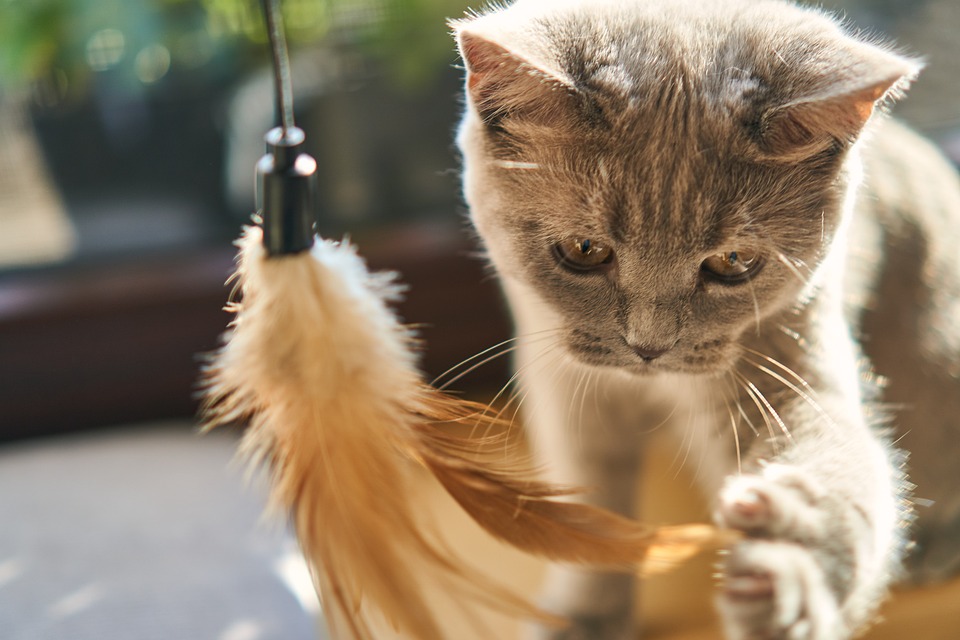Ear infections are a common issue in cats that can cause discomfort and potentially lead to more serious complications if left untreated. It is important for cat owners to be aware of the different types of ear infections and how to prevent them. In this article, we will discuss the most common types of ear infections in cats, their causes, symptoms, and effective preventive measures.
The first type of ear infection is Otitis Externa, which refers to infections of the outer ear. This type of infection is usually caused by bacteria, yeast, or parasites. The most common symptoms of Otitis Externa include itching, redness, swelling, and a foul odor coming from the ear. To prevent this type of infection, it is important to keep your cat’s ears clean and dry. Regularly inspecting and cleaning your cat’s ears can help prevent bacteria and parasites from causing an infection.
The second type of ear infection is Otitis Media, which refers to infections of the middle ear. This type of infection is usually caused by bacteria that travel from the outer ear to the middle ear. The symptoms of Otitis Media include pain, head shaking, loss of balance, and a discharge from the ear. To prevent this type of infection, it is important to treat any outer ear infections promptly. Regular veterinary check-ups can help identify and treat any ear infections before they spread to the middle ear.
The third type of ear infection is Otitis Interna, which refers to infections of the inner ear. This type of infection is usually caused by a bacterial or viral infection. The symptoms of Otitis Interna include severe pain, loss of balance, hearing loss, and a tilted head. To prevent this type of infection, it is important to maintain your cat’s overall health and immune system. A proper diet and regular exercise can help strengthen your cat’s immune system and reduce the risk of inner ear infections.
Preventing ear infections in cats is crucial for their overall health and well-being. Here are some preventive measures you can take:
1. Regular ear hygiene: Clean your cat’s ears regularly with a gentle ear cleaner recommended by your veterinarian. Be careful not to insert anything into the ear canal as it can cause damage.
2. Avoiding moisture accumulation: Keep your cat’s ears dry, especially after bathing or swimming. Moisture can create a favorable environment for bacteria and parasites to thrive.
3. Proper diet and nutrition: Feed your cat a well-balanced diet that supports their immune system and overall health. Consult with your veterinarian to ensure your cat is receiving the proper nutrients.
4. Regular veterinary check-ups: Schedule regular check-ups with your veterinarian to monitor your cat’s ear health. They can identify any signs of infection early on and provide appropriate treatment.
FAQs about cat ear infections:
A. What are the common signs of an ear infection in cats? Common signs include scratching or rubbing of the ears, shaking of the head, redness or swelling of the ear canal, discharge or odor from the ear, and changes in behavior.
B. Can ear infections in cats be contagious to humans? No, ear infections in cats are not contagious to humans. However, it is important to practice good hygiene when handling your cat’s ears to prevent the spread of bacteria or parasites.
C. Can cats with floppy ears be more prone to ear infections? Yes, cats with floppy ears, such as Scottish Folds or American Curl cats, may be more prone to ear infections. The floppy ears can create a warm and moist environment, which is ideal for the growth of bacteria and yeast.
D. How often should I clean my cat’s ears? The frequency of ear cleaning depends on your cat’s individual needs and the recommendations of your veterinarian. Some cats may require more frequent cleaning, while others may only need occasional cleaning.
E. Are there any home remedies to treat cat ear infections? It is best to consult with your veterinarian for appropriate treatment of ear infections. They can provide you with specific medications or recommend suitable home remedies if appropriate.
In conclusion, by understanding the common types of ear infections in cats and implementing preventive measures, you can ensure your feline companion stays healthy and free from ear-related issues. Regular veterinary check-ups, proper hygiene, and a well-balanced diet are key to preventing ear infections and maintaining your cat’s overall well-being. Remember, early detection and intervention are crucial for effective treatment, so be vigilant and attentive to any signs of discomfort or abnormal behavior in your cat’s ears.








